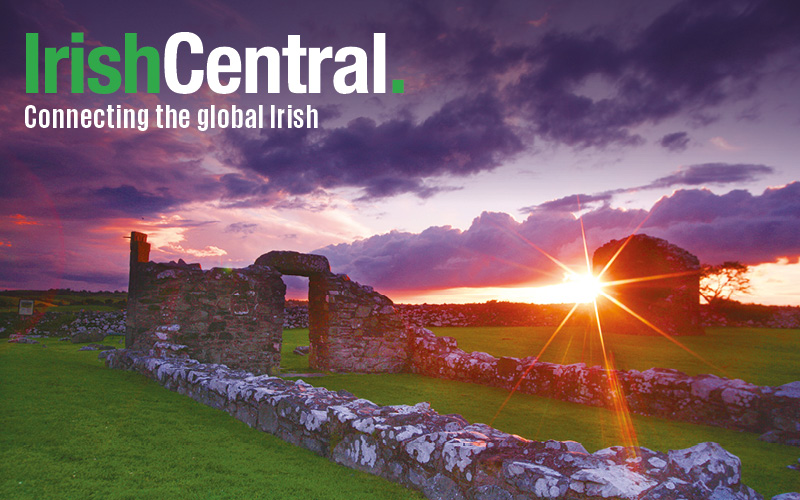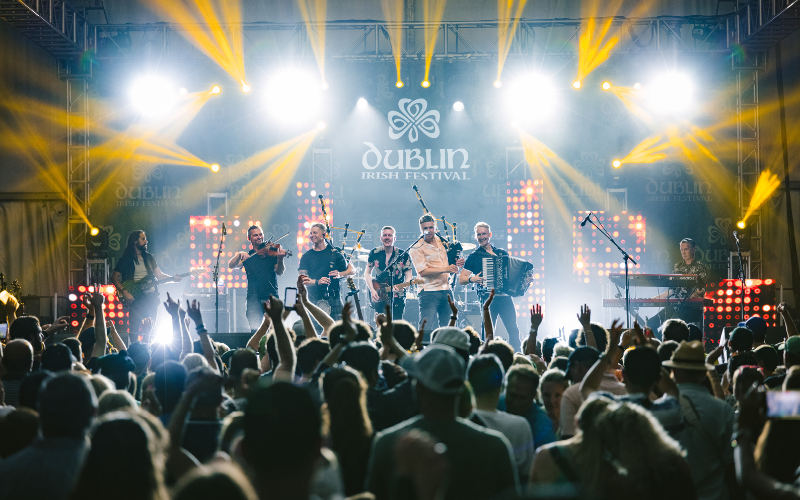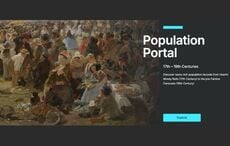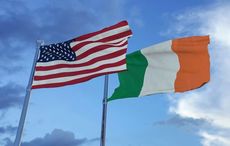IrishCentral has two prizes of Ireland Birth of a Nation DVDs to give away.
All you have to do to enter a draw for one of these prizes is email the answer to the following question – with your name, your location and contact phone number - to [email protected]
The Easter Rising in Ireland was in which year?
• 1946
• 1996
• 1916
Closing date to enter is midnight on Tuesday March 1, 2016.
“Ireland Birth of a Nation,” a film by Irish Historian Gerard McCarthy, has received widespread praise in Ireland and is available to purchase at www.1916dvd.com.The film tells the story of Ireland’s struggle for independence. It was originally shown to the public at the Royal College of Physicians Kildare Street, Dublin, last summer. The film was a great success with tourists, particularly those with Irish ancestry from the United States, Canada, the United Kingdom and Australia.
Packed with wonderful rare film footage and photographs, the opening sequence shows the oldest film footage shot in Ireland by the French Lumière Brothers, in 1897. Set to haunting, emotive music and beautifully narrated by Irish actor Gary Murphy, the film will take you through the key events leading up to the 1916 Rising, the War of Independence and subsequent Civil War.
Inspired by the upcoming Centenary of the 1916 Easter Rising, the film has been designed to appeal to a wide audience both in Ireland and overseas.
At the film’s core, the execution of the seven signatories of the Proclamation has been crafted in such a way that some viewers have been moved to tears.
There is an abundance of poignant scenes in the film, such as that of a seated Tom Clarke, self-consciously smiling at the camera. Next to him is the wife and daughter of recently deceased Jeremiah O’Donovan Rossa. Clarke had already been through 15 years of hardship in British prisons. Seven months after this footage was taken, Clarke would be executed by firing squad for his role in the 1916 Easter Rising.
Padraig Pearse is shown at the graveside of O’Donovan Rossa, head down in advance of making his famous oration, then afterwards he is seen walking away from the grave in full military dress.
The substantial role of women in the fight for independence is apparent in this film, with footage of Cumann Na Mban (Irish Womens’ Council) and close up shots of Countess Markievicz. Several women fought alongside the men during Easter week, Markievicz herself was second-in-command of a rebel position at St Stephen’s Green.
The disruption to daily life caused by the war can be seen, with civilians being searched in the streets by patrolling Black and Tans and Auxiliaries (both units brought in from England to fight the Irish Republican Army (IRA) during the War of Independence).
McCarthy’s favourite piece of footage is that of Michael Collins at the wedding of General Sean McKeon in June 1922, just as Civil War was looming. A relaxed and good humoured Collins takes centre stage, chatting and joking with the bride and groom. Next to him stands Arthur Griffith – both men would be dead within three months.
There is some amazingly rare film footage of the funeral of Michael Collins, when over a half a million people turned out in Dublin to pay homage. His death was a major shock for the entire country. As the cortege wheels its way towards Glasnevin Cemetery. The sun is shining and a white peace lily can be seen on Michael Collin’s coffin – it was placed there by his fiancée, Kitty Kiernan.
This film can be purchased at www.1916dvd.com.




Comments